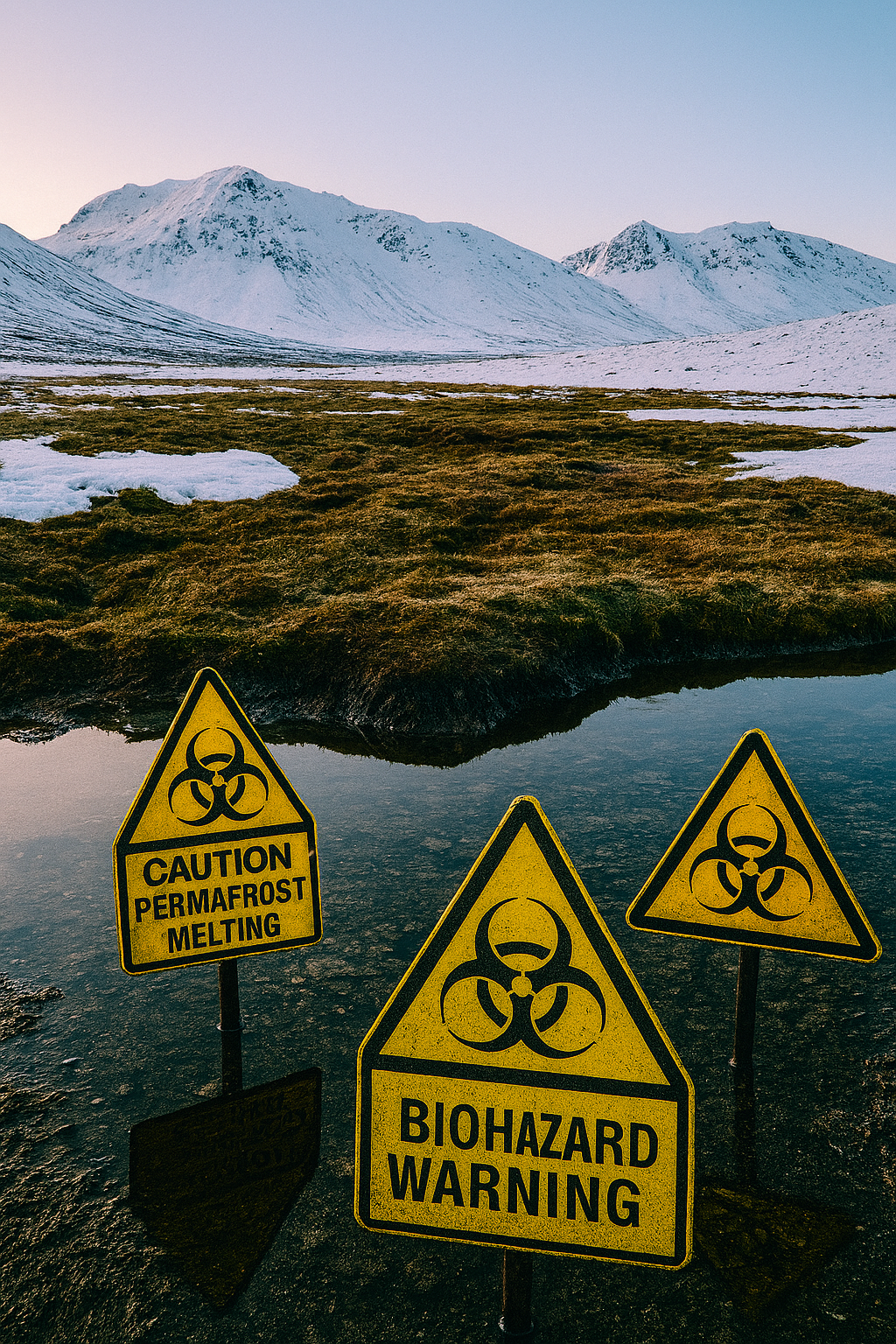Permafrost Thaw Unlocks Hidden Pollution

A new wave of research reveals that thawing permafrost in the Arctic is not only reshaping landscapes but also releasing toxic substances and ancient carbon into rivers and oceans. These findings highlight how climate change is opening underground pathways for contamination once locked in frozen ground.
Hidden Pollution Emerges
Scientists studying rivers in Alaska and Canada have documented “rusting rivers” — waterways turned reddish-orange as thaw exposes sulfide minerals to oxygen and water. This process triggers acid rock drainage, leaching metals such as iron, cadmium, nickel, and copper into streams at levels toxic to aquatic life. Unlike mining pollution, this contamination is diffuse and widespread, making it harder to monitor or control.
Carbon Pathways to the Ocean
Another study led by the Alfred Wegener Institute shows that about 16% of dissolved organic carbon in the central Arctic Ocean originates from land. Rivers are transporting ancient organic matter released by thawing permafrost into the ocean, where it persists even in deep waters. This connects Arctic processes directly to the global carbon cycle, with an estimated 39 million tons of terrestrial carbon moving annually from the Arctic to the Atlantic.
Implications for Accountability
These discoveries underscore the urgency of monitoring climate-driven pollution. Toxic releases from thawing permafrost are occurring outside traditional regulatory frameworks, yet they pose risks comparable to industrial violations. For communities and policymakers, the challenge is clear: climate change is not only heating the planet but also unlocking hidden reservoirs of contamination.
Pollution Near Me will continue surfacing these findings, ensuring that environmental accountability extends to the diffuse, climate-driven sources of pollution now reshaping our world.
